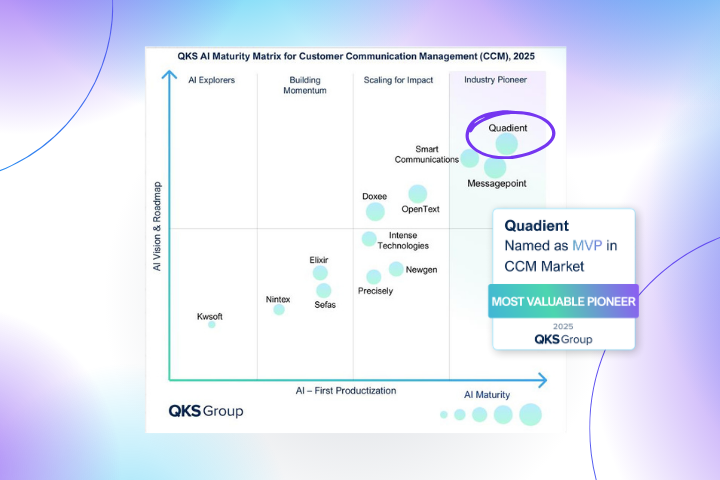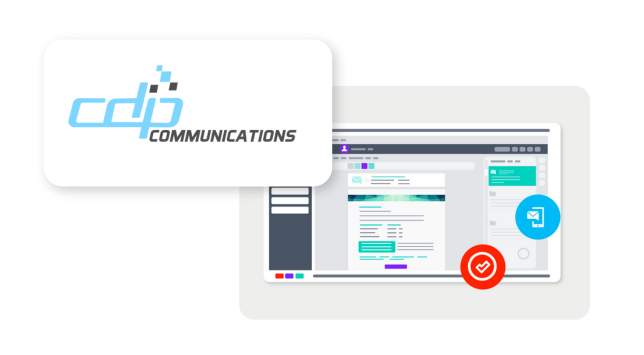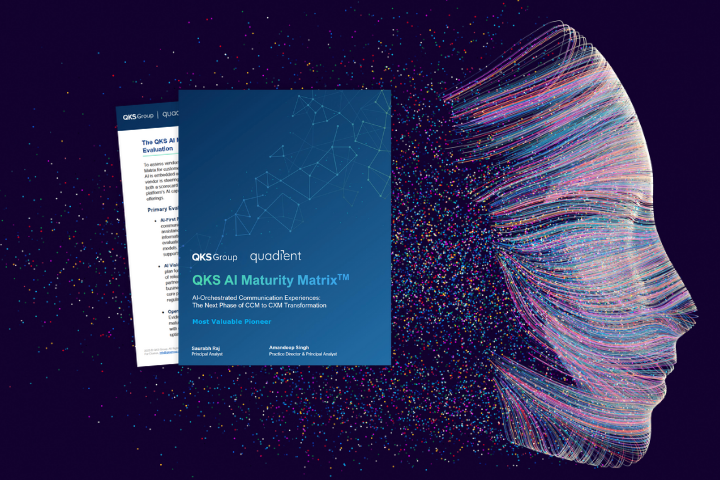Introduction
Every step in the customer journey matters. Redefining your customer experience (CX) strategy is essential to meet modern expectations, improve retention, and drive long-term value. To grow, your strategy must adapt to shifting expectations, real-time data, and digital transformation. This article explains how to build a CX strategy that increases loyalty, reduces churn, and supports business goals with clear steps, KPIs, and a blueprint for the entire organization.
Why customer experience strategies must evolve
Customer experience (CX) is the sum of interactions a customer has with a company across marketing, sales, product, and service. It shapes trust and future revenue. A positive experience lowers acquisition costs, increases customer lifetime value, and drives referrals. Even minor improvements in customer satisfaction or Net Promoter Score (NPS) can translate into meaningful revenue gains.
Digital transformation and social media raise expectations. Customers compare you to the best experience they’ve ever had. AI, real-time interactions, and constant connectivity make speed, accuracy, and empathy essential. Gartner research shows that 93% of customers report higher satisfaction when channel transitions are seamless, underscoring the importance of fast, personalized support and smooth handoffs. CX must now be part of your brand and product strategy, not just customer service.

Deepening customer understanding
Dynamic personas and empathy maps
Basic personas miss important context. Create living profiles that update with behavior, timing, and intent. Use data from purchases, activity, social listening, and preferences. Empathy maps reveal what customers think, feel, do, and need. Add insights from research, brand studies, and feedback. Link personas to journey maps and connect insights directly into tools such as customer communication management (CCM) platforms, so actions become consistent and scalable across channels.
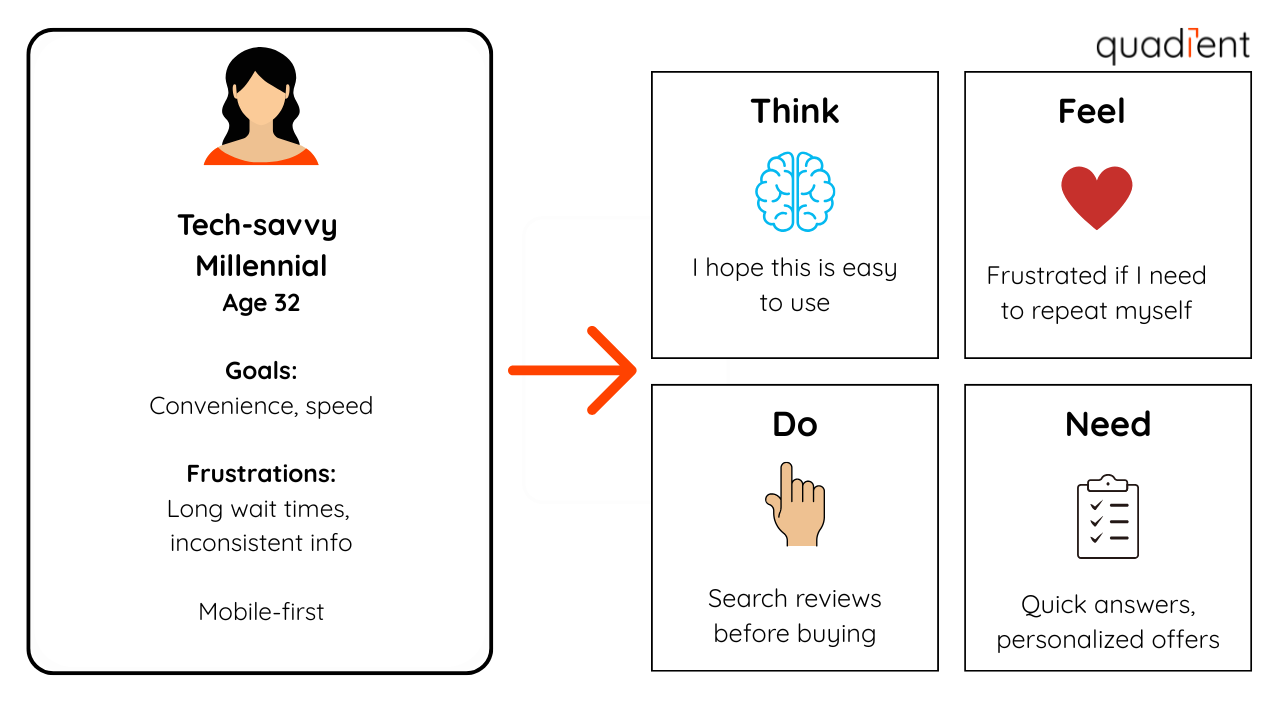
Voice of the customer (VoC)
Gather feedback through surveys, such as NPS, customer satisfaction, and effort. Combine it with social listening, call transcripts, chat logs, and support tags. Use sentiment analysis to find pain points and moments of delight. Share results across teams. Each quarter, show improvements made and their impact on key metrics.
Behavioral insights for predictive CX
Behavioral economics helps explain customer choices. Test how design, loss aversion, and preset options shape decisions. Track behavioral signals to predict churn or repeat purchases. Combine these insights with machine learning (ML) to score risk and take action before problems arise.
Mapping and managing the customer journey
Dynamic journey maps
Static maps are merely snapshots in time. Utilize customer journey management that updates in real-time. Connect stages to data such as delivery status, billing, or service activity. Set triggers to flag friction points. Assign owners and KPIs to each step so teams know where to focus their improvement efforts.
Omnichannel experiences
Customers may start an interaction on mobile, switch to desktop, and then ask a question through social media. Create seamless experiences across email, SMS, print, chat, and social media. Leverage CCM to deliver consistent, compliant, and personalized messages across email, SMS, print, chat, and social media. Respect channel preferences and accessibility.
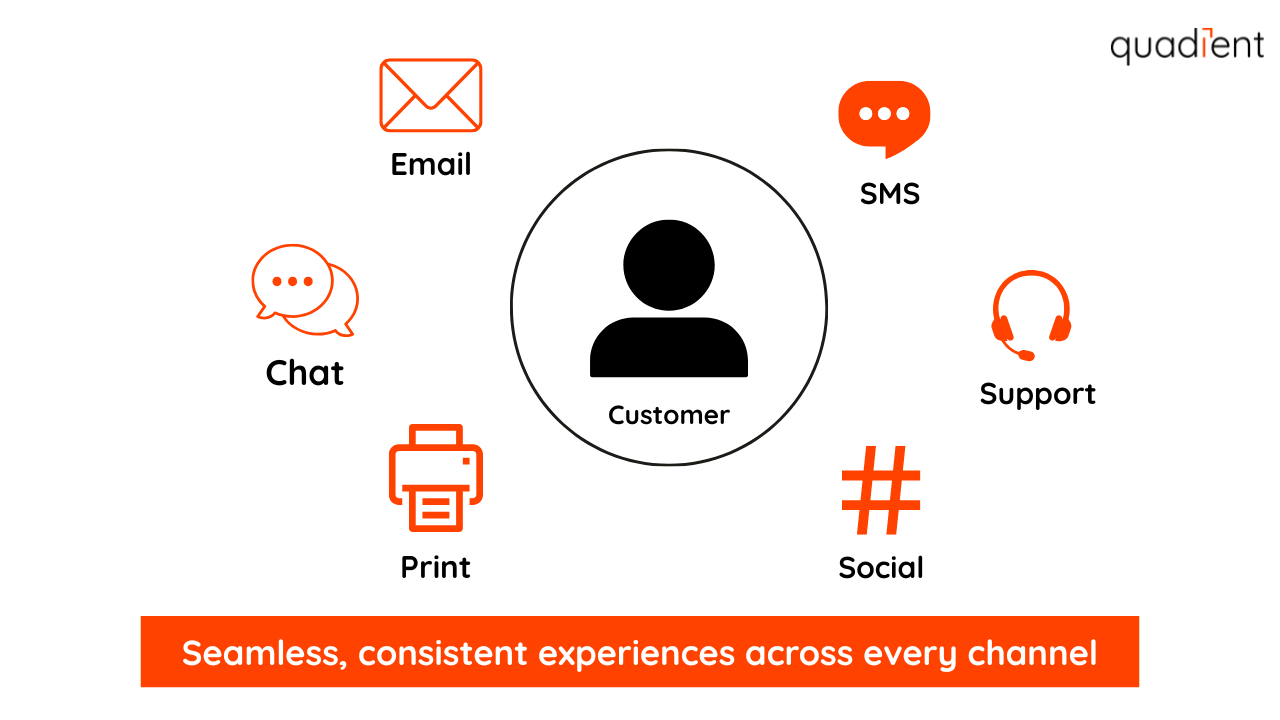
Optimized touchpoints
Focus on high-volume and high-impact interactions. Define the job to be done, the emotion to create, and the data needed. Use alerts to reach customers proactively for renewals or delays. Apply next-best-action logic for offers and service recovery. Provide playbooks to help agents resolve issues quickly.
The pillars of modern CX
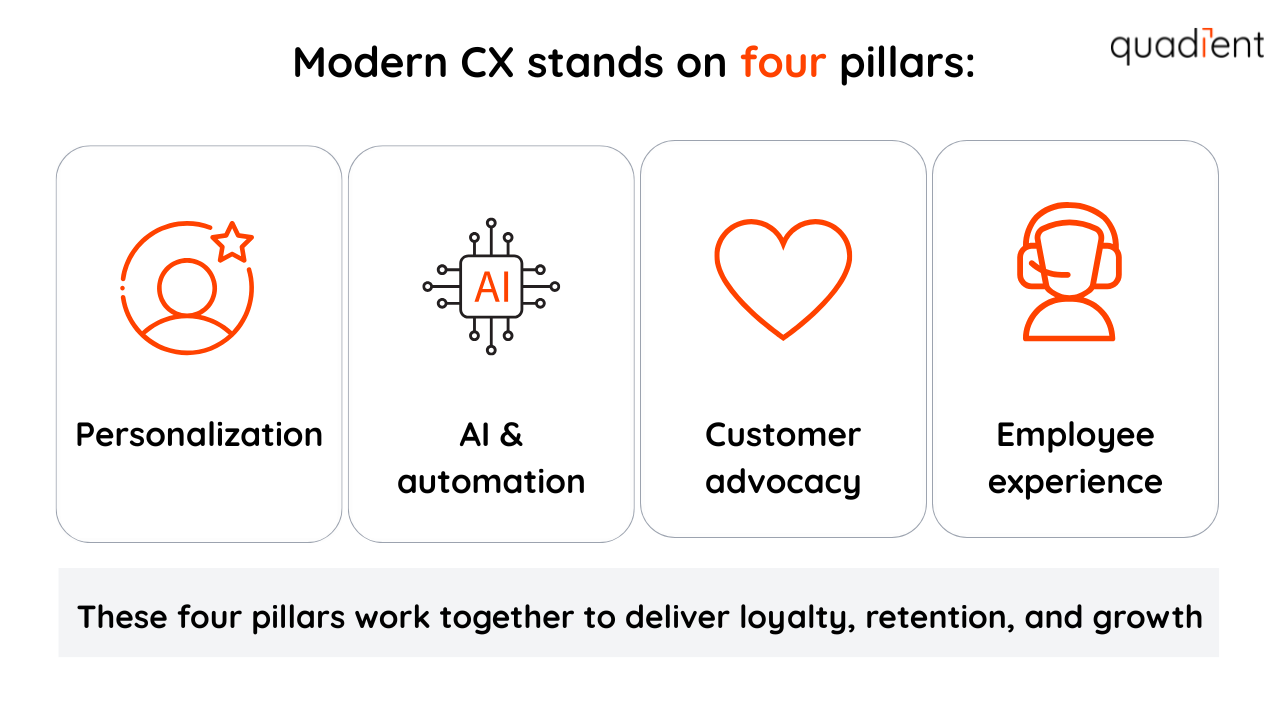
Delivering hyper-personalized customer interactions at scale
Personalization requires clean data and clear rules. Begin with segmentation, then move toward one-to-one offers powered by customer relationship management (CRM) data and real-time events. Adjust content, timing, and channel for each customer. Keep privacy controls transparent and straightforward. Track results through conversion rates, customer engagement levels, and customer lifetime value, and use CCM to ensure these personalized communications scale reliably across every channel. Always have a fallback option so messages still work if data is unavailable.
Strategic application of AI in customer experience management
AI can help classify intent, summarize cases, and predict churn. Utilize AI-powered chatbots to handle common questions and pass customers to agents with full context when necessary. In AI-powered contact centers, utilize agent assist for quick suggestions and easy access to knowledge. Generative AI can produce compliant, on-brand content that is reviewed by humans before use. Start with small use cases, build in quality checks, and connect each AI model to a business goal.
Fostering authentic customer engagement levels and advocacy
Customers engage more when they feel valued. Build communities, invite co-creation, and reward advocacy. Share clear updates after acting on feedback. Utilize interactive and video content to address common questions. Track advocacy through referrals and share of wallet. Make it easy to promote your brand with clear social media guidelines and simple review processes.
The role of employee experience
Employees shape customer experiences. Poor tools and unclear policies harm both. Link employee engagement and employee NPS (eNPS) to CX metrics. Provide agents with a comprehensive customer view and the authority to act.
Map the employee journey, provide training and modern tools, and track performance based on behaviors that matter. Reward collaboration and demonstrate to employees how their work contributes to customer outcomes.
Measuring success
Choose a small set of shared key performance indicators (KPIs) to guide decisions. Use a mix of perception, behavior, operations, and financial metrics for a full view:
- Perception: NPS, customer satisfaction, customer effort
- Behavior: adoption, digital containment, repeat purchase, referrals, customer churn rate
- Operations: first contact resolution, time to first response, backlog, self-service success
- Financial: customer lifetime value, customer acquisition cost, cost to serve, revenue at risk
Link each KPI to a journey stage and assign clear ownership.
Closed-loop customer feedback strategy
Close the loop at three levels:
- Inner loop: resolve individual cases and follow up with customers using CCM to deliver consistent, branded communications.
- Outer loop: fix root causes across processes and policies, and share changes with customers through clear, timely updates.
- Leadership loop: review trends, fund improvements, and communicate results across the organization.
Linking CX to business goals
Every CX project should connect to a business goal. For example, reducing onboarding friction should increase activation and lifetime value. Set baselines, define target outcomes, and test with field experiments. Measure return by comparing the incremental margin to the investment, so CX work ties directly to strategy, not side projects.
Future-proofing your CX
Cross-business integration
To future-proof customer experience, CX must sit at the heart of the business model, not just within customer service. Success requires cross-functional leadership and unified data across CRM, analytics, and CCM. When teams share a single view of the customer, every interaction is consistent and data-driven. This ensures that personalization, compliance, and customer satisfaction improve together, rather than in silos.
Agility and continuous learning
Customer expectations shift quickly, which means agility is key. Use short planning cycles and test-and-learn approaches to remain responsive. Build tracking into journeys so learning happens automatically from real customer behavior. Share wins and lessons often across teams to encourage collaboration and accountability. By adopting agile CX practices, businesses can reduce churn, increase customer lifetime value, and align CX initiatives with core business goals.
Looking ahead
The future of CX will be shaped by real-time personalization, privacy by design, AI-powered service, and multimodal support. Customers will expect seamless, personalized interactions across every channel and touchpoint.
To prepare, invest in governance frameworks that protect customer data, ensure compliance, and support ethical use of AI. At the same time, foster a culture of experimentation where teams test new tools, apply machine learning models, and refine engagement strategies. This balance of innovation and governance helps build long-term customer loyalty while minimizing risk.
Conclusion
Redefining CX means knowing your customers, managing journeys with agility, and using AI effectively. Personalization, proactivity, and engagement build loyalty and reduce churn.
Quadient helps you put this into action. With Quadient Inspire you can design and deliver consistent, personalized, and compliant messages across every channel.
Ready to transform your customer experience? Discover how Quadient Inspire helps you deliver seamless, personalized interactions at scale.





